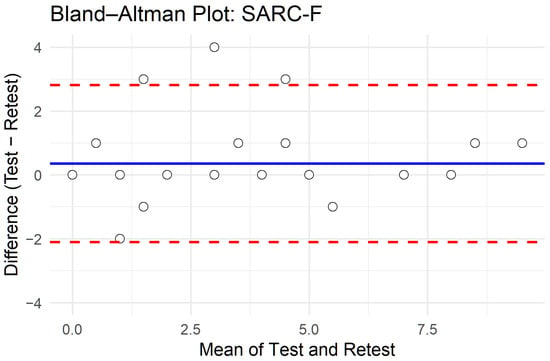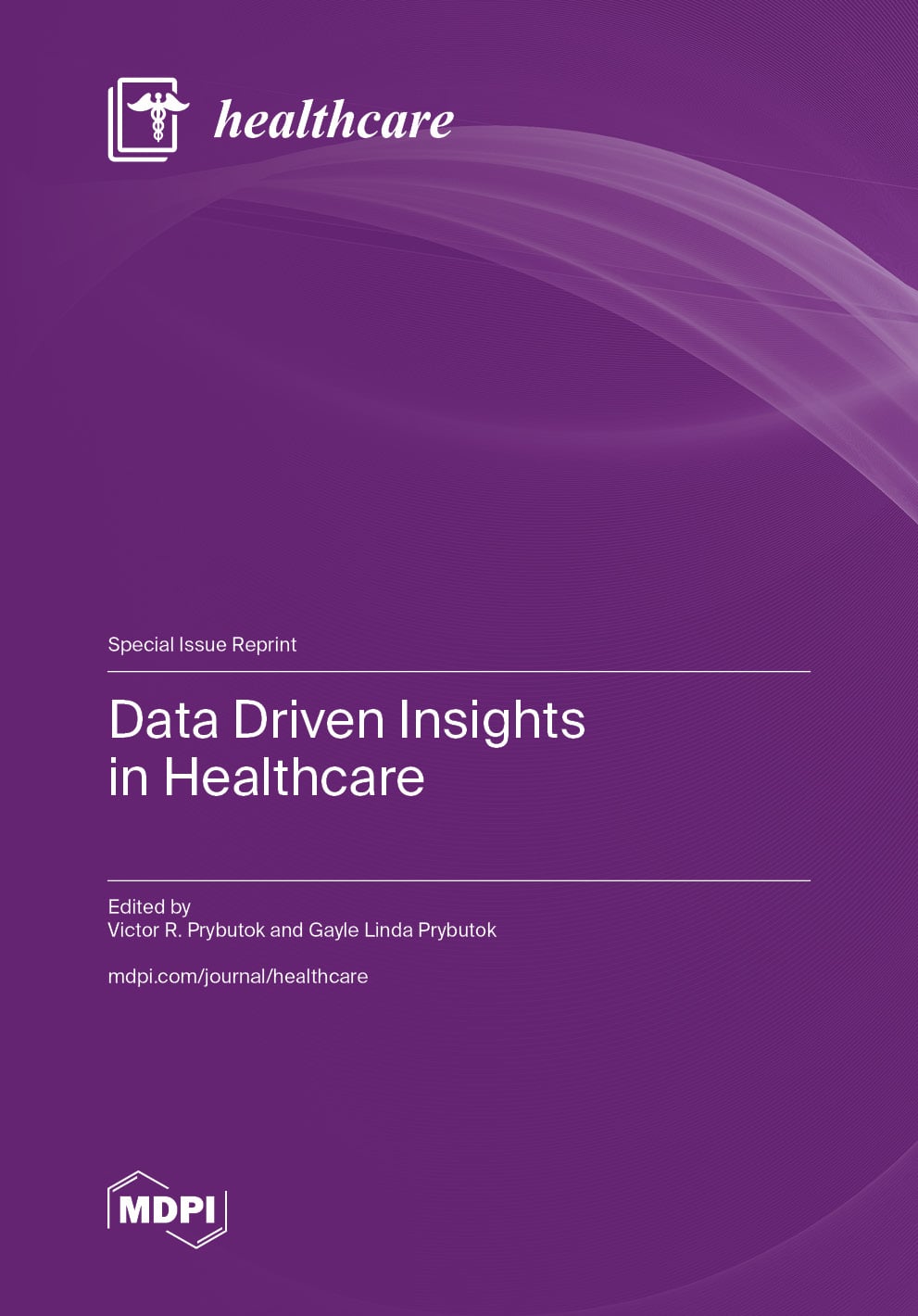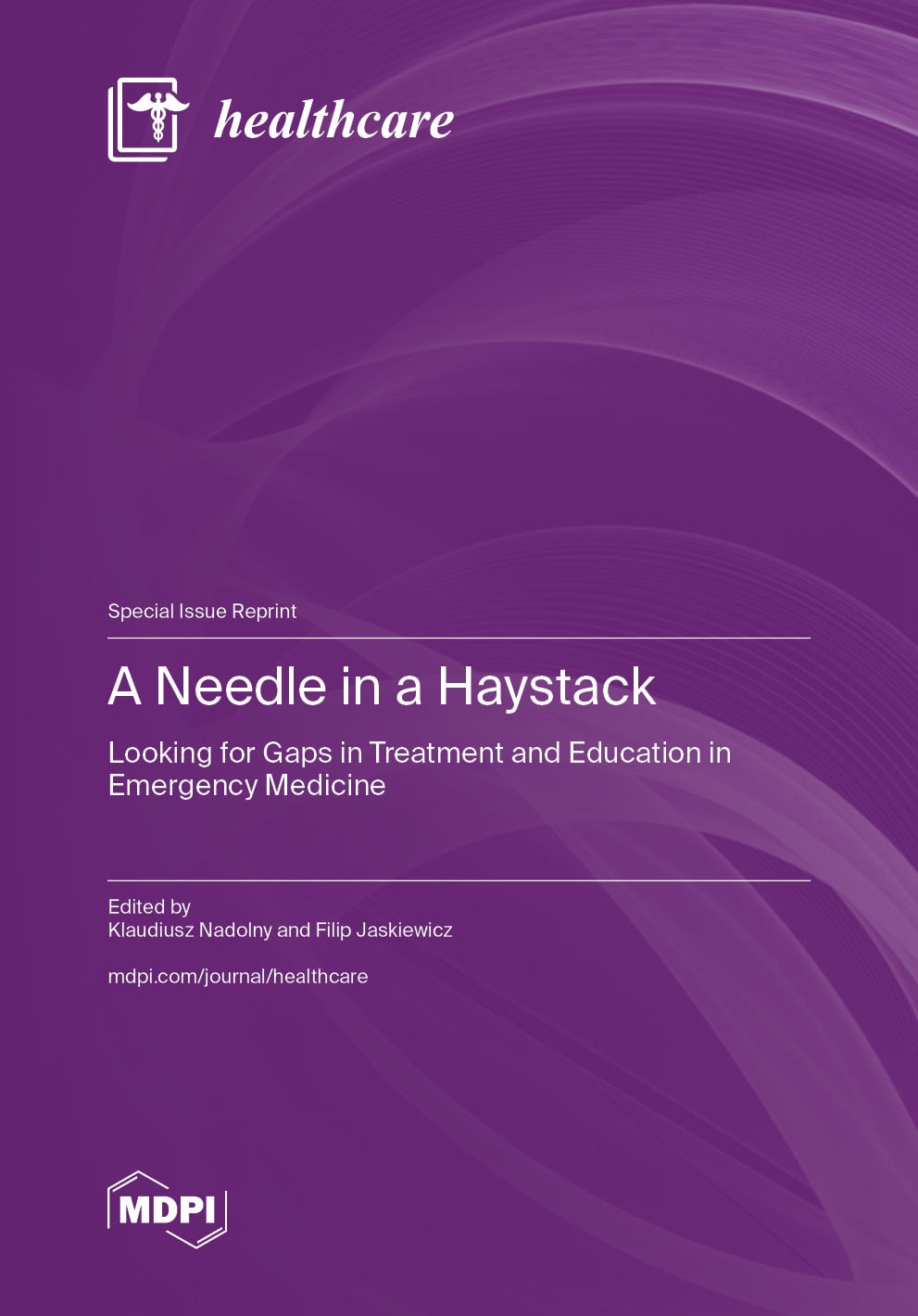- Article
Sexual Dysfunction in Individuals with Early-Onset Parkinson’s Disease in Ethiopia: Gender Differences and Correlation with Anti-Parkinson’s Medication, Stigma, and Distress
- Arefayne Alenko,
- Morankar Sudhakar and
- Legese Chelkeba
- + 1 author
Background: Sexual dysfunction (SD) affects up to two-thirds of individuals with early-onset Parkinson’s disease (PD), yet it remains underexplored in developing countries where stigma, depression, and treatment side effects may worsen its burden. This study investigated the magnitude and correlation of SD in early-onset PD. Methods: A cross-sectional study included 74 individuals with PD onset at ≤55 years of age. SD was assessed using the Medical Outcomes Study Sexual Functioning Scale, alongside interviews on sexual experiences after initiating PD medication. Prevalence was estimated descriptively, and Spearman’s correlation identified correlates of SD. Results: Half of participants reported SD, including lack of sexual interest (52.7%), difficulty relaxing or enjoying sex (52.7%), and impaired arousal (50%). Among men, 48% experienced erectile problems, while 44% of women reported difficulty achieving orgasm. After starting anti-Parkinson’s medication, 16% noted markedly reduced sexual desire, whereas nearly 10% reported increased desire. In men, SD correlated with levodopa dose (r = 0.411, p < 0.01). In women, SD correlated with stigma (r = 0.389, p < 0.05), depression (r = 0.529, p < 0.01), and anxiety (r = 0.629, p < 0.01). Conclusions: One in two individuals with early-onset PD experiences SD, independent of gender. Findings highlight the need for routine sexual health assessment and careful monitoring of treatment side effects. Interventions targeting stigma, depression, and anxiety are critical to improve sexual well-being in this population.
7 January 2026


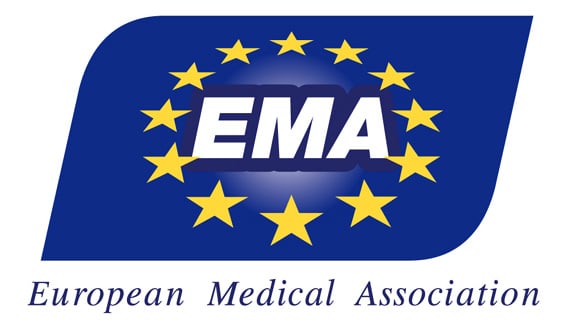


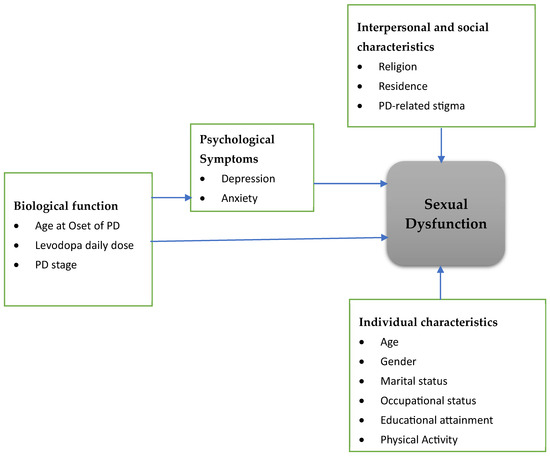
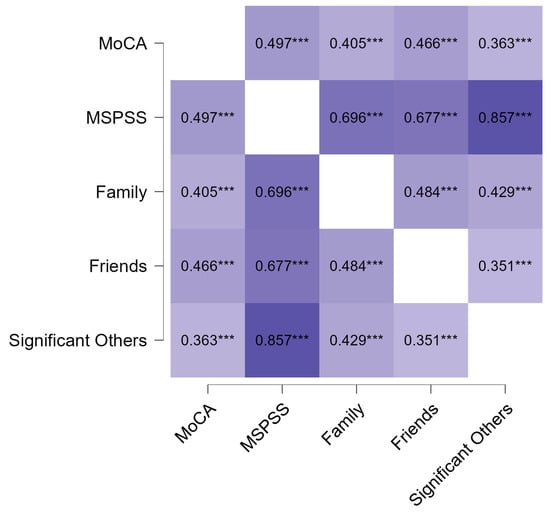
![Percentage of Poverty by Ward, Washington, DC [15].](https://mdpi-res.com/healthcare/healthcare-14-00150/article_deploy/html/images/healthcare-14-00150-g001-550.jpg)
